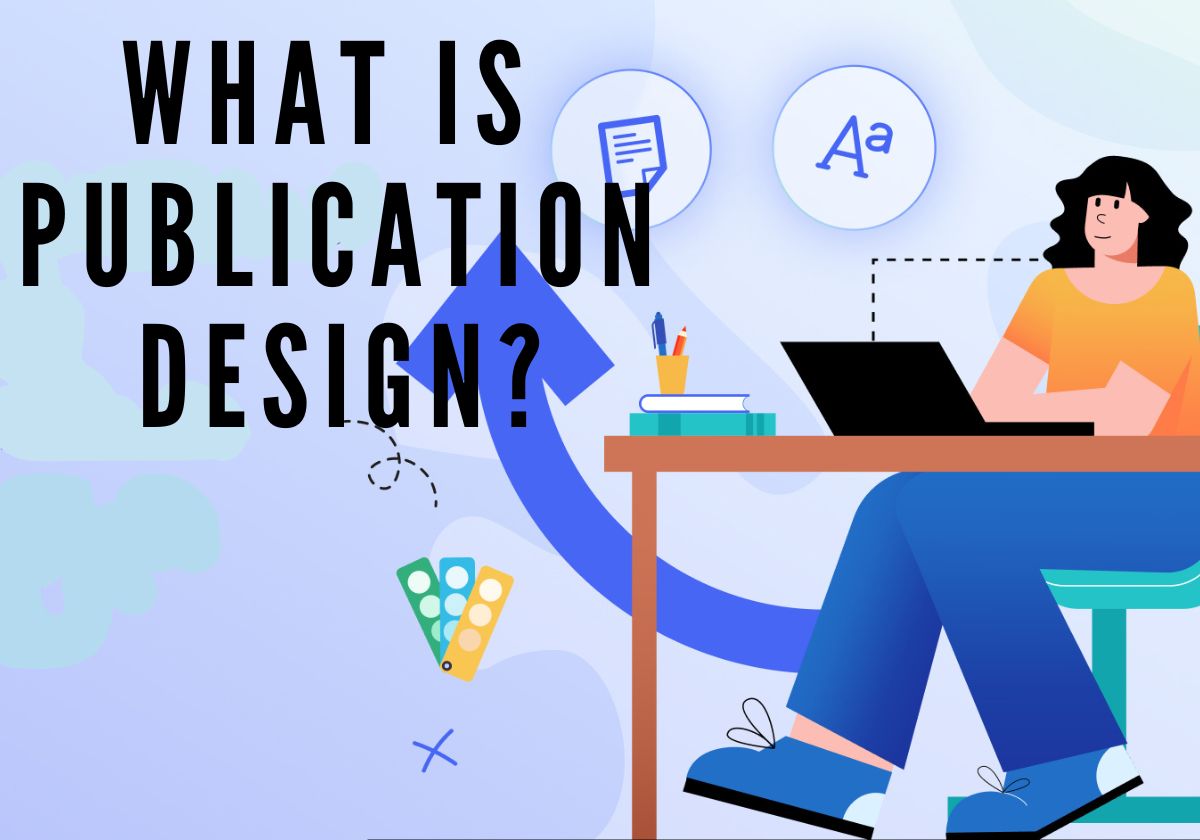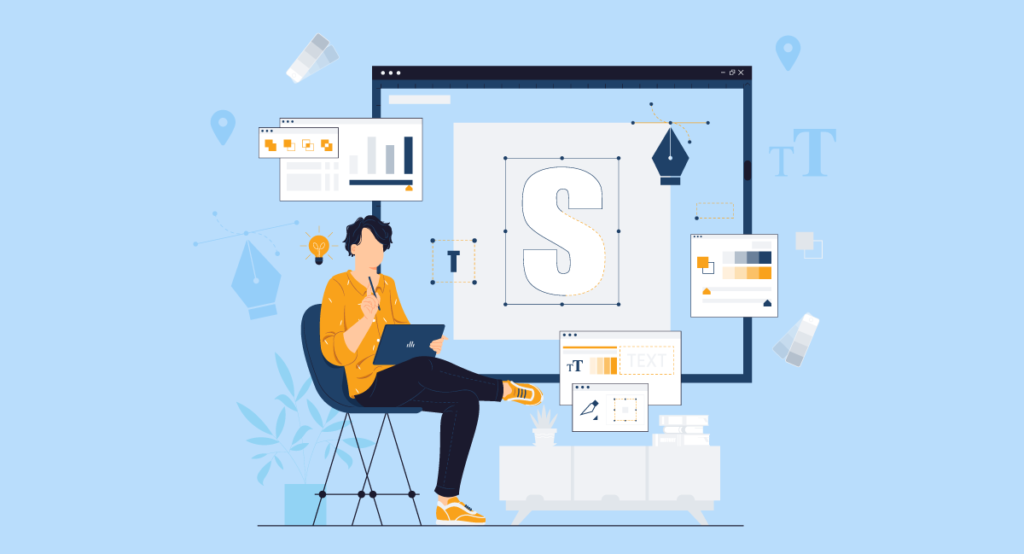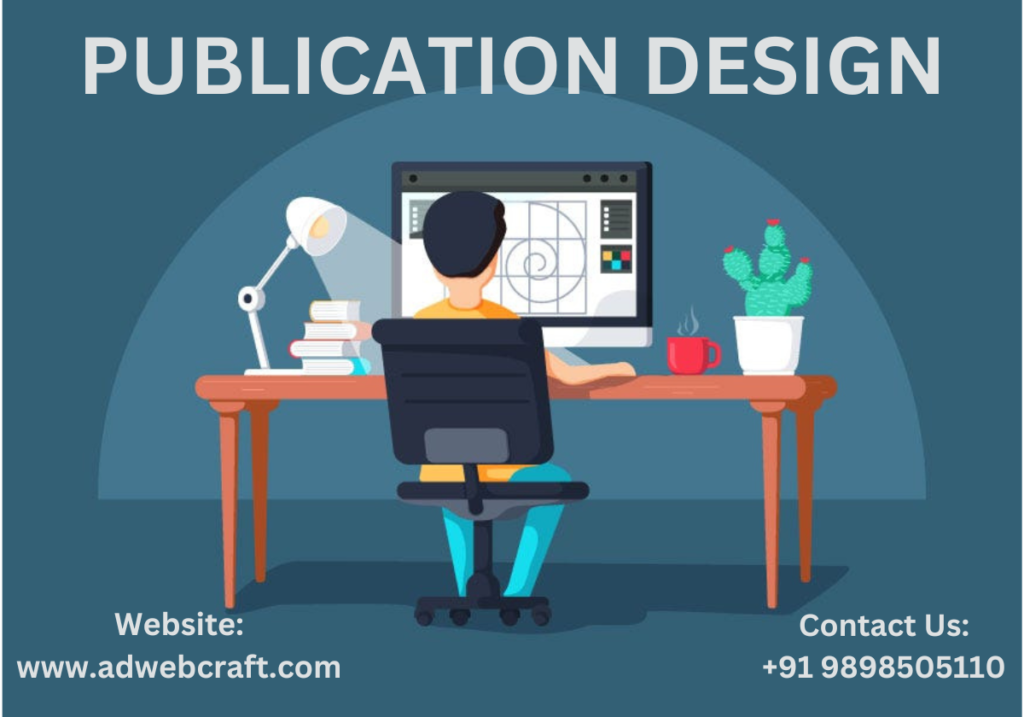What is Publication Design?
Publication design is the art and science of organizing and presenting text, images, and graphics in a visually compelling manner to effectively communicate a message. It plays a crucial role in both print and digital media, covering books, magazines, newspapers, brochures, reports, and online publications. Understanding how design publication processes work requires a deep knowledge of various design elements, including layout, typography, color theory, visual hierarchy, and audience psychology.
A well-structured publication design ensures that content is not only aesthetically appealing, but also easy to read and navigate. Designers must consider readability, spacing, contrast, and branding elements to create a cohesive and engaging experience for the audience. How design publication is approached also depends on the medium—print designs focus on paper size, printing techniques, and physical readability, while digital publications emphasize responsive layouts, interactive elements, and screen optimization.
Moreover, the success of a publication design is measured by how well it conveys the intended message and maintains audience engagement. By strategically combining visual and textual elements, designers can enhance comprehension, reinforce branding, and evoke emotional responses. The integration of modern design tools like Adobe InDesign, Canva, and Figma has further streamlined the process, allowing designers to create professional and dynamic layouts efficiently.

Types of Publication Design
Understanding the types of publication design is fundamental for any designer. Broadly, publication design can be categorized into two types:
- Print Publication Design Print publication design includes materials like magazines, newspapers, brochures, and books. This type focuses on physical layouts, ensuring readability, aesthetic appeal, and proper alignment with the printing process.
- Digital Publication Design With the rise of digital media, digital publication design encompasses e-books, online magazines, and interactive PDFs. It emphasizes responsive layouts, interactivity, and compatibility across devices.
10 Essential Principles of Publication Design
1. Know Your Audience
Before starting any project, identify the target audience. Tailor your design elements, including fonts, colors, and imagery, to resonate with the intended readers. For example, a children’s book design will differ vastly from a corporate annual report.
2. Prioritize Hierarchy
Visual hierarchy is key in guiding readers through content. Use size, color, and placement to emphasize important elements like headlines, subheadings, and key visuals.
3. Balance Text and Imagery
Striking the right balance between text and images is crucial. Overloading a page with text can overwhelm readers, while excessive imagery may dilute the content’s message. Maintain a harmonious ratio to ensure readability and engagement.
4. Focus on Typography
Typography can make or break a publication design. Select fonts that align with the tone of your content. Use contrasting typefaces for headlines and body text to add depth and interest.
5. Use White Space Effectively
White space, or negative space, enhances readability and creates a clean, uncluttered look. It allows elements to breathe and ensures the design doesn’t feel overcrowded.
6. Consistency is Key
Maintain consistency in colors, fonts, and layout styles across the publication. A unified design fosters professionalism and enhances the reader’s experience.
7. Perfect Your Publication Cover Design
First impressions matter, and the cover is often the first point of contact for readers. Invest time in crafting a compelling publication cover design that aligns with the content’s theme and purpose.
8. Embrace Grids and Layouts
Grids provide structure and help designers maintain alignment and proportionality. They simplify the process of organizing elements and ensure a cohesive design.
9. Optimize for Accessibility
Your design should cater to all readers, including those with visual impairments. Use legible fonts, adequate contrast, and alt text for images in digital publications.
10. Stay Updated with Trends
The world of publication design is constantly evolving. Stay informed about the latest trends and incorporate innovative elements to keep your designs fresh and relevant.
Why Publication Design Matters?
Publication design plays a pivotal role in communication and branding. It ensures that content is not only visually appealing, but also easy to understand. Whether it’s a glossy magazine or an interactive e-book, thoughtful design enhances credibility and leaves a lasting impression.

Frequently Asked Questions
1. What is a publication design?
A. Publication design is the process of arranging visual elements, such as text and images, within a publication to effectively communicate a message. It applies to both print and digital mediums.
2. What are the two types of publication design?
A. The two primary types of publication design are:
- Print Publication Design – Focused on physical materials like books and magazines.
- Digital Publication Design – Encompasses digital formats like e-books and online magazines.
3. What is the role of a publication designer?
A. A publication designer’s role is to create visually compelling and functional layouts that enhance the content’s message. This includes selecting typography, arranging elements, and ensuring the design aligns with the target audience’s preferences.
4. How to get into publication design?
A. To enter the field of publication design, follow these steps:
- Acquire Skills – Learn design software like Adobe InDesign, Photoshop, and Illustrator.
- Build a Portfolio – Showcase diverse projects, including print and digital designs.
- Gain Experience – Intern or freelance with publishing houses or design agencies.
- Stay Updated – Keep up with trends and continuously improve your skills.
Conclusion: Partner with ADwebcraft for Expert Publication Design
Publication design is more than just aesthetics; it plays a crucial role in effective storytelling, brand communication, and audience engagement. Whether you are designing a magazine, brochure, e-book, annual report, or any other printed or digital publication, the right design elements ensure clarity, consistency, and impact. A well-structured publication not only enhances readability but also reinforces your brand identity, making your content more persuasive and memorable.
At adwebcraft, we specialize in crafting visually compelling and strategically designed publications that align with your brand’s goals. Our team of experienced designers and branding experts understand the nuances of typography, layout, color psychology, and user experience, ensuring that every design element works harmoniously to convey your message effectively.
From concept development and content structuring to high-quality print-ready and digital designs, we provide comprehensive solutions tailored to your needs. Whether you are a business looking to create an engaging company profile, a publisher launching a new magazine, or an organization seeking a polished report design, we bring expertise, creativity, and precision to every project.



